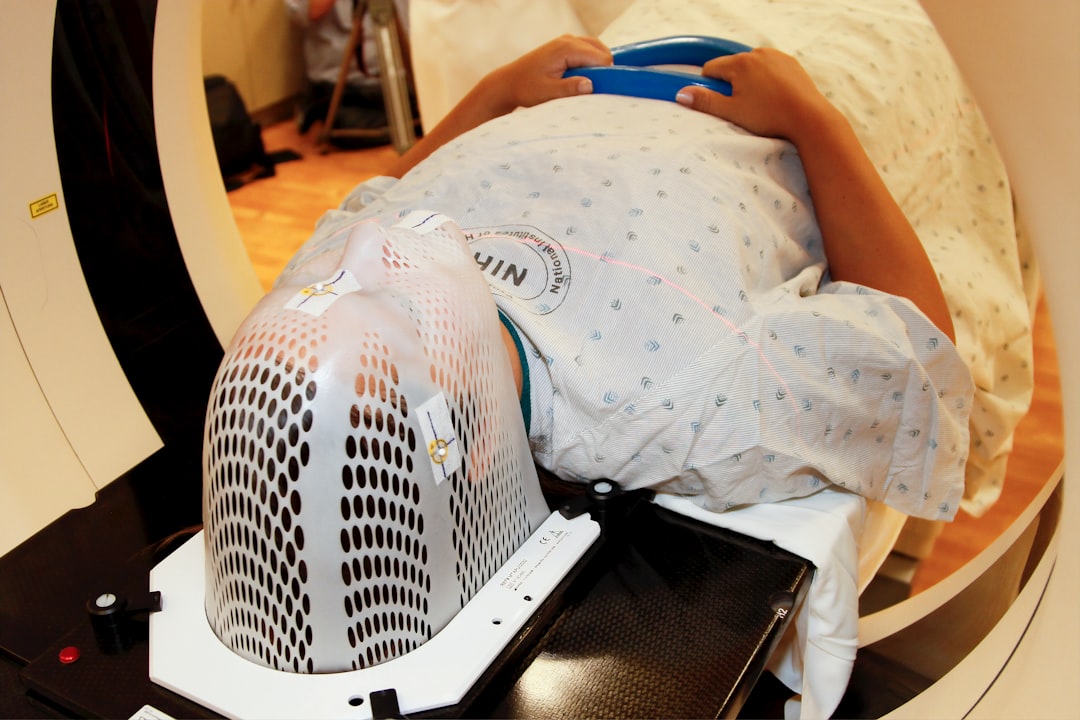
Comfort is one of the most important aspects of church seating. Services can last for an extended period, so it is essential that seats provide sufficient support and cushioning to accommodate individuals of all ages. Traditional wooden pews, while historically significant and visually striking, can sometimes be hard and uncomfortable for long sittings. Modern churches often opt for padded chairs or benches with ergonomic designs that promote better posture and reduce discomfort. Comfortable seating encourages active participation and helps worshippers maintain their focus throughout the service.
Functionality and versatility are also key considerations when choosing church seating. Many churches use their spaces for more than just regular worship services. The sanctuary may also host weddings, funerals, community meetings, and performances, requiring seating that can be easily reconfigured or moved. Portable chairs or stackable seating options offer greater flexibility, allowing the space to be adapted quickly for various events. Fixed pews, while traditional and sturdy, limit the room’s versatility but can be preferred for their classic appearance and the sense of permanence they bring.
Durability is critical in church seating due to frequent use by large congregations. The materials used must withstand years of daily wear without losing their structural integrity or visual appeal. Hardwood frames, high-quality fabrics, and stain-resistant upholstery are common choices to ensure longevity. Churches often select seating that is easy to clean and maintain, considering the possibility of spills, dirt, and general wear and tear. Investing in durable seating reduces long-term costs and helps keep the worship space looking welcoming and dignified.
Accessibility is an essential aspect of modern church seating design. Churches strive to be inclusive spaces where all members of the community can participate fully in services. This means providing wheelchair-accessible seating and ensuring that aisles and entryways are wide enough to accommodate those with mobility challenges. Thoughtful seating arrangements also consider the needs of elderly congregants or those with physical disabilities, offering easily accessible seats near the front or in designated areas. Accessibility fosters a welcoming atmosphere that reflects the church’s commitment to embracing everyone.
Aesthetic appeal plays a significant role in church seating as well. The design, color, and material of the seats contribute to the overall look and feel of the sanctuary. Many churches choose seating that complements the architectural style and interior d?cor, whether it’s the warm tones of natural wood or the soft hues of upholstered cushions. The seating’s appearance should evoke a sense of reverence and tranquility, supporting the spiritual purpose of the space. Customizable options allow churches to incorporate logos, symbols, or specific color schemes to reinforce their identity.
In conclusion, church seating is a vital element that combines comfort, functionality, durability, accessibility, and beauty to create an environment conducive to worship and community. By carefully selecting seating that meets the needs of their congregation, churches can foster a more meaningful and inclusive experience. Thoughtful church seating enhances not only the physical space but also the spiritual atmosphere, encouraging attendance, participation, and connection among worshippers.
